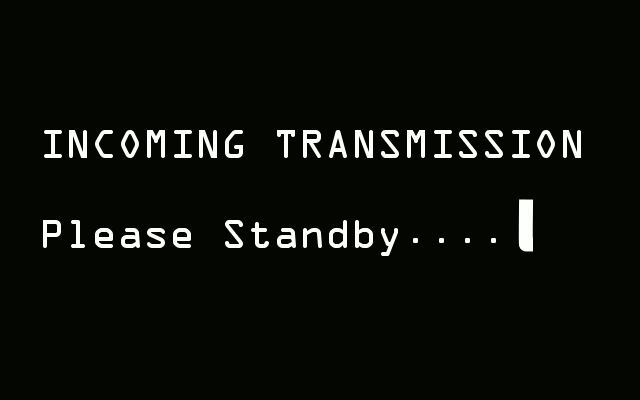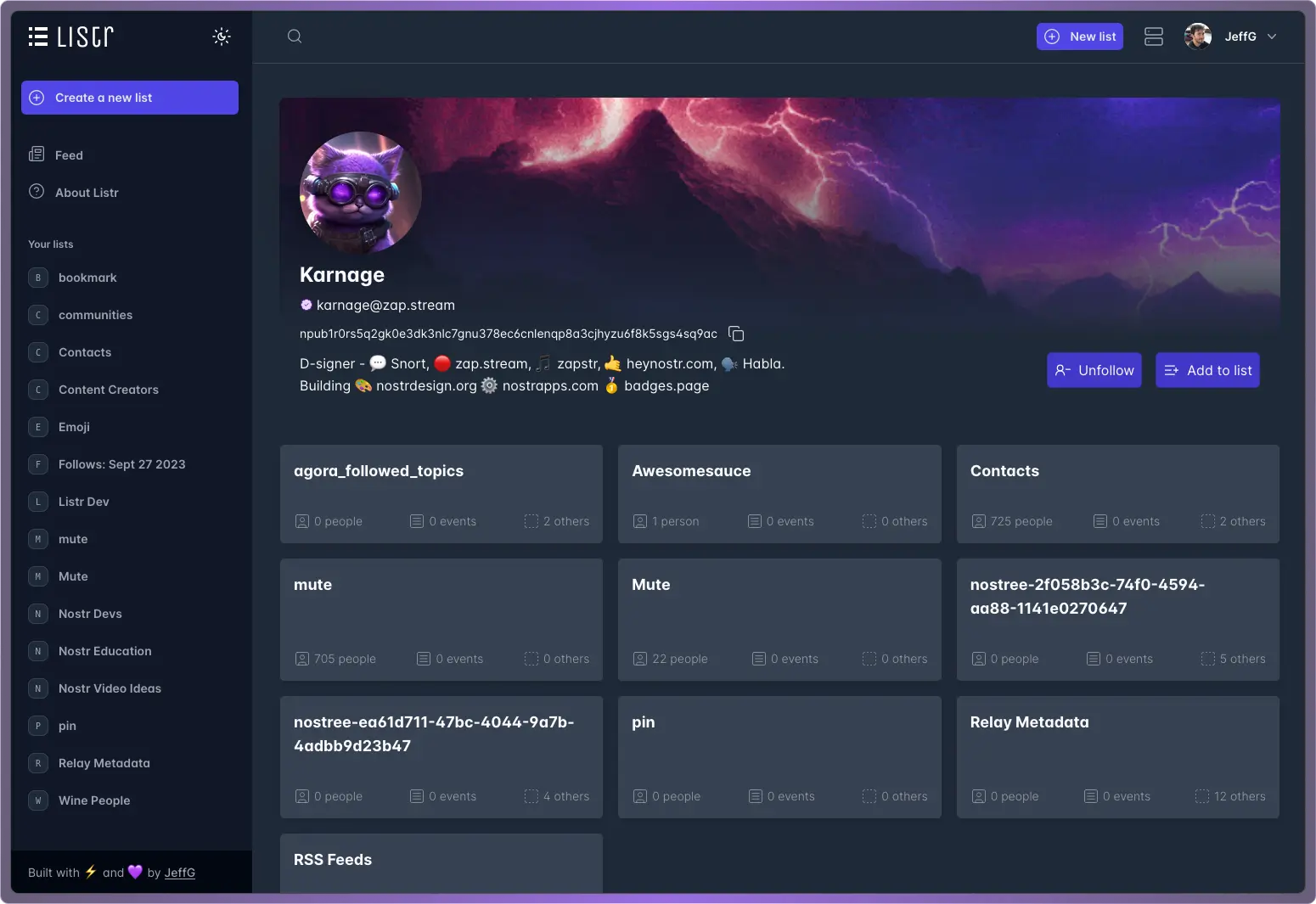Such a transformation positions Nostr to compete with established social networking platforms in terms of reach while simultaneously ensuring the preservation of user sovereignty and the integrity of cryptographic trust mechanisms.

The Emergence of Encrypted Relay-to-Relay Federation
In the context of Nostr protocol scalability challenges pertaining to censorship-resistant networking paradigms, Nostr stands as a paradigm-shifting entity, underpinned by robust public-key cryptography and minimal operational assumptions. This feature set has rendered Nostr an emblematic instrument for overcoming systemic censorship, fostering permissionless content dissemination, and upholding user autonomy within digital environments. However, as the demographic footprint of Nostr's user base grows exponentially, coupled with an expanding range of content modalities, the structural integrity of individual relays faces increasing pressure.
Challenges of Isolation and Limited Scalability in Decentralized Networks
The current architecture of Nostr relays is primarily constituted of simple TCP or WebSocket servers that facilitate the publication and reception of events. While aesthetically simple, this design introduces significant performance bottlenecks and discoverability issues. Relays targeting specific regional or topical niches often rely heavily on client-side interactions or third-party directories for information exchange. This operational framework presents inefficiencies when scaled globally, especially in scenarios requiring high throughput and rapid dissemination of information. Furthermore, it does not adequately account for redundancy and availability, especially in low-bandwidth environments or regions facing strict censorship.

Navigating Impediments of Isolation and Constrained Scalability
Current Nostr relay infrastructures mainly involve basic TCP and WebSocket configurations for event publication and reception. While simple, these configurations contribute to performance bottlenecks and a significant discoverability deficit. Relays that serve niche markets often operate under constraints, relying on client-side interactions or third-party directories. These inefficiencies become particularly problematic at a global scale, where high throughput and rapid information distribution are necessary. The absence of mechanisms to enhance redundancy and availability in environments with limited connectivity or under censorship further exacerbates these issues.
Proposal for Encrypted Relay Federation
Encrypted relay federation in decentralized networking can be achieved through a novel Nostr Improvement Proposal (NIP), which introduces a sophisticated gossip-style mesh topology. In this system, relays subscribe to content tags, message types, or public keys from peer nodes, optimizing data flow and relevance.
Central to this architecture is a mutual key handshake protocol using Elliptic Curve Diffie-Hellman (ECDH) for symmetric encryption over relay keys. This ensures data integrity and confidentiality during transmission. The use of encrypted event bundles, compression, and routing based on relay reputation metrics and content demand analytics enhances throughput and optimizes network resources.
To counter potential abuse and spam, strategies like rate limiting, financially incentivized peering, and token gating are proposed, serving as control mechanisms for network interactions. Additionally, the relay federation model could emulate the Border Gateway Protocol (BGP), allowing for dynamic content advertisement and routing updates across the federated mesh, enhancing network resilience.
Advantages of Relay Federation in Data Distribution Architecture
Relay federation introduces a distributed data load management system where relays selectively store pertinent events. This enhances data retrieval efficiency, minimizes congestion, and fosters a censorship-resistant information flow. By decentralizing data storage, relays contribute to a global cache network, ensuring no single relay holds comprehensive access to all network data. This feature helps preserve the integrity of information flow, making it resistant to censorship.
An additional advantage is offline communication capabilities. Even without traditional internet access, events can still be communicated through alternative channels like Bluetooth, Wi-Fi Direct, or LoRa. This ensures local and community-based interactions remain uninterrupted during network downtime.
Furthermore, relay federations may introduce monetization strategies where specialized relays offer access to rare or high-quality data streams, promoting competition and interoperability while providing users with diverse data options.
Some Notable Markers To Nostr Becoming the Internet Layer for Censorship Resistance
Stop for a moment in your day and try to understand what Nostr can do for your communications by observing these markers:
- Protocol Idea (NIP-01 by fiatjaf) │ ▼
- npub/nsec Keypair Standard │ ▼
- First Relays Go Online │ ▼
- Identity & Auth (NIP-05, NIP-07) │ ▼
- Clients Launch (Damus, Amethyst, Iris, etc.) │ ▼
- Lightning Zaps + NWC (NIP-57) │ ▼
- Relay Moderation & Reputation NIPs │ ▼
- Protocol Bridging (ActivityPub, Matrix, Mastodon) │ ▼
- Ecash Integration (Cashu, Walletless Zaps) │ ▼
- Encrypted Relay Federation (Experimental) │ ▼
- Relay Mesh Networks (WireGuard + libp2p) │ ▼
- IoT Integration (Meshtastic + ESP32) │ ▼
- Fully Decentralized, Censorship-Resistant Social Layer
The implementation of encrypted federation represents a pivotal technological advancement, establishing a robust framework that challenges the prevailing architecture of fragmented social networking ecosystems and monopolistic centralized cloud services. This innovative approach posits that Nostr could:
- Facilitate a comprehensive, globally accessible decentralized index of information, driven fundamentally by user interactions and a novel microtransaction system (zaps), enabling efficient content valorization and information dissemination.
- Empower the concept of nomadic digital identities, allowing them to seamlessly traverse various relays, devoid of reliance on centralized identity verification systems, promoting user autonomy and privacy.
- Become the quintessential backend infrastructure for decentralized applications, knowledge graphs, and expansive datasets conducive to DVMs.
- Achieve seamless interoperability with established protocols, such as ActivityPub, Matrix, IPFS, and innovative eCash systems that offer incentive mechanisms, fostering an integrated and collaborative ecosystem.
In alignment with decentralization, encrypted relay-to-relay federation marks a significant evolution for the Nostr protocol, transitioning from isolated personal broadcasting stations to an interoperable, adaptive, trustless mesh network of communication nodes.
By implementing this sophisticated architecture, Nostr is positioned to scale efficiently, addressing global needs while preserving free speech, privacy, and individual autonomy in a world marked by surveillance and compartmentalized digital environments.
Nostr's Countenance Structure: Noteworthy Events
Nostr Protocol Concept by fiatjaf:
- First Relays and npub/nsec key pairs appear
- Damus, Amethyst, and other clients emerge
- Launch of Zaps and Lightning Tip Integration
- Mainstream interest post Twitter censorship events
- Ecosystem tools: NWC, NIP-07, NIP-05 adoption
- Nostr devs propose relay scoring and moderation NIPs
- Bridging begins (ActivityPub, Matrix, Mastodon)
- Cashu eCash integration with Nostr zaps (walletless tips)
- Relay-to-relay encrypted federation proposed
- Hackathons exploring libp2p, LNbits, and eCash-backed identities
- Scalable P2P Mesh using WireGuard + Nostr + Gossip
- Web3 & IoT integration with ESP32 + Meshtastic + relays
- A censorship-resistant, decentralized social internet






